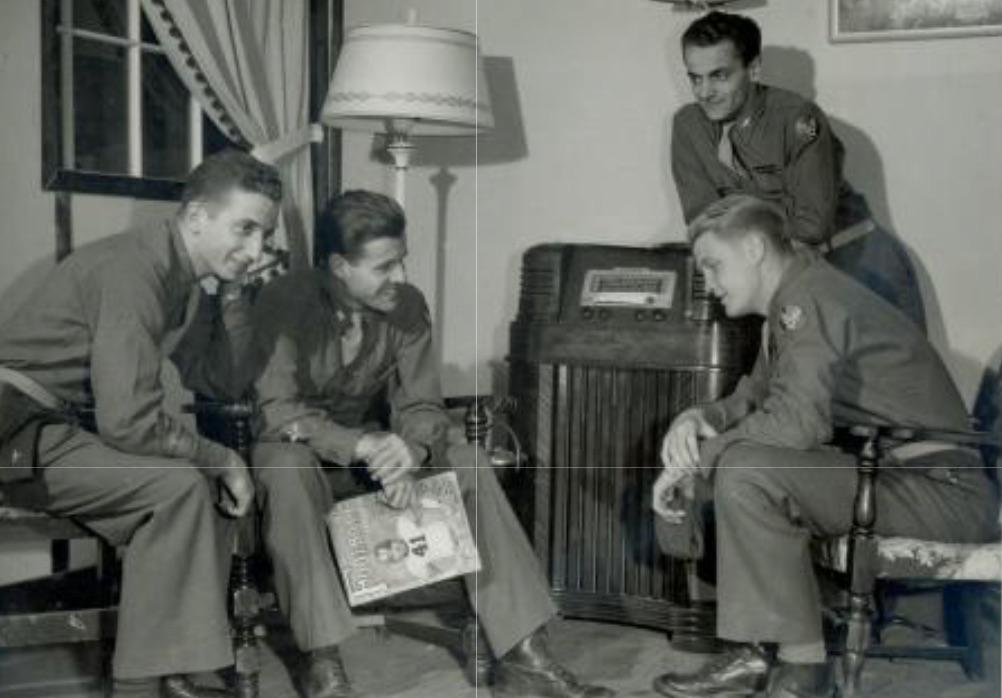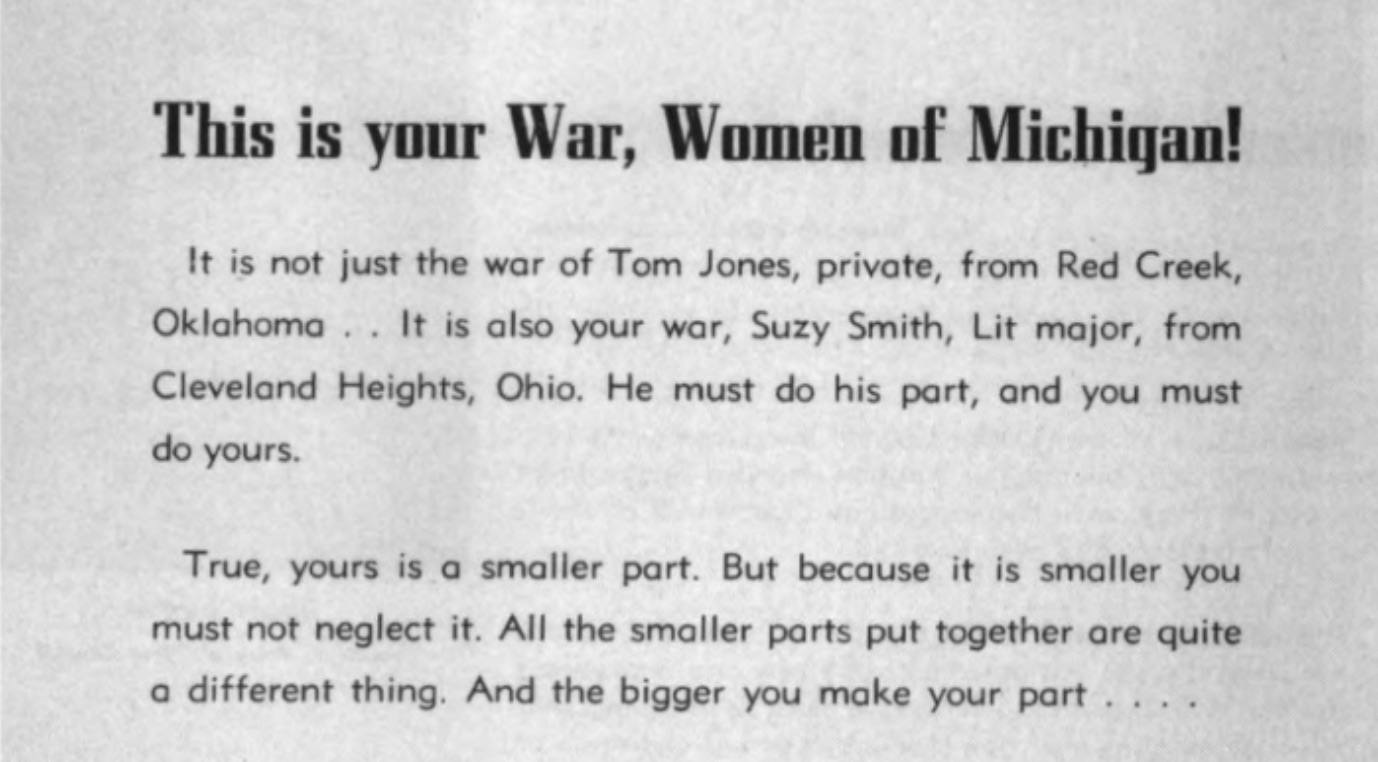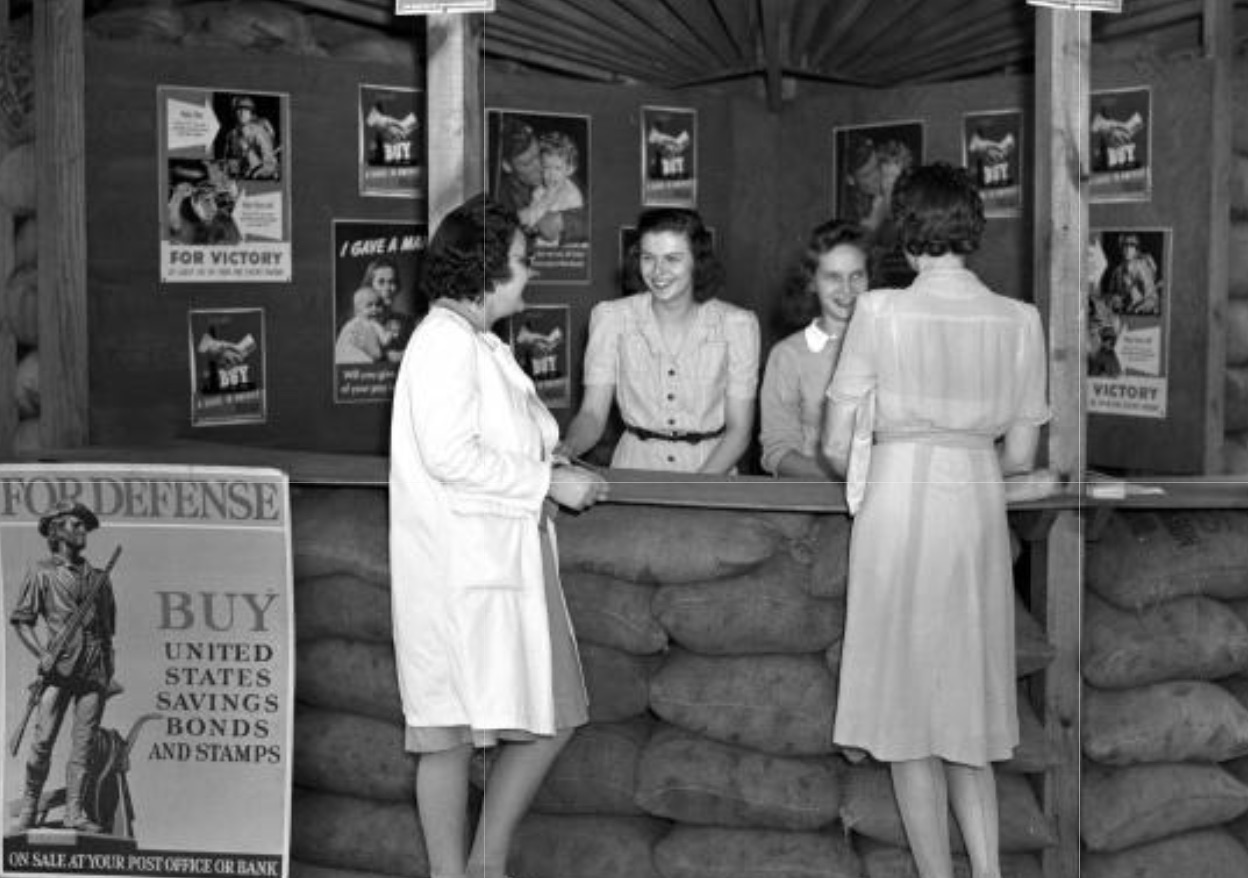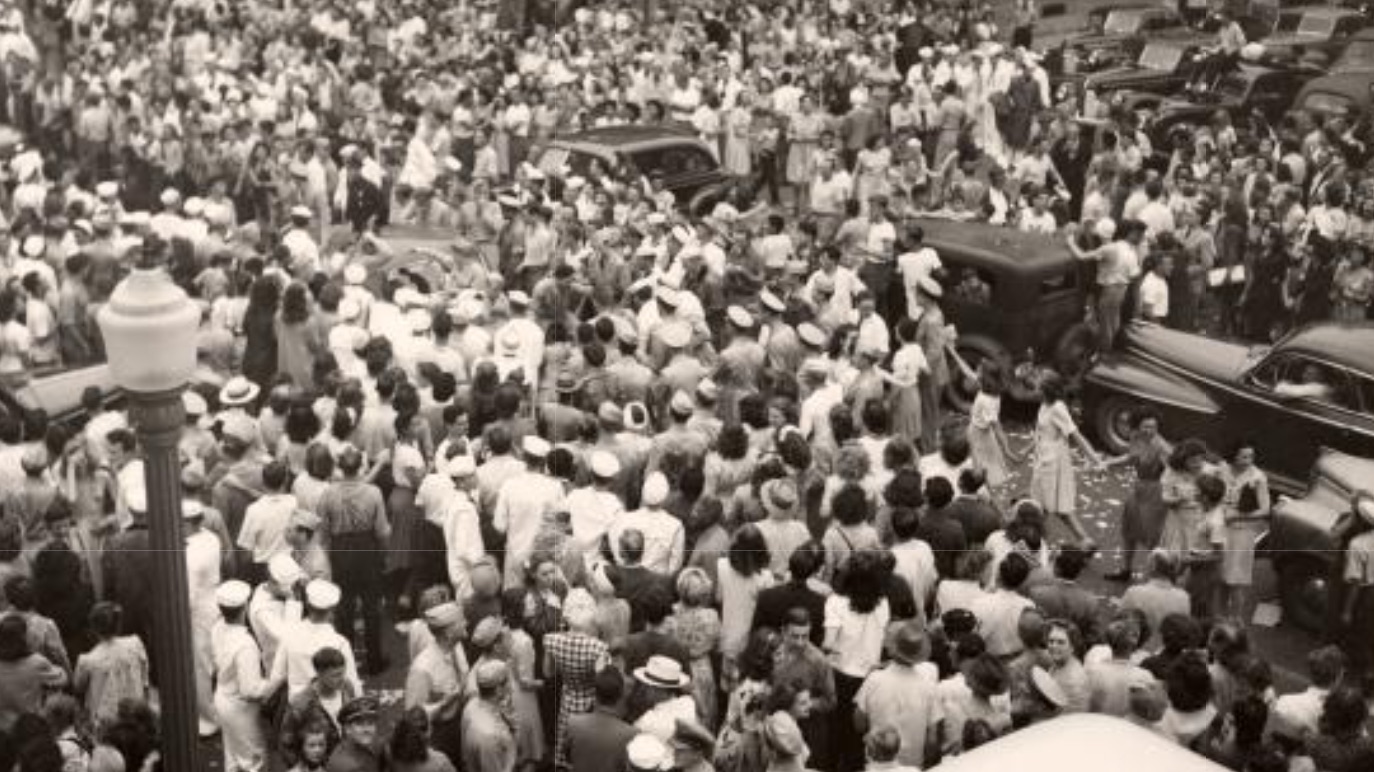The Lasting Legacy of World War II on the University
During WWII, many programs and policies arose that left a lasting legacy upon the University of Michigan.
The contributions that the University of Michigan made to the war efforts during World War Two are well known, but what is lesser known are the ways that WWII left an impact on the university itself. Due to the nature of war, soldiers and civilians did not have the luxury of time. This lead to lasting changes in the University that can still be seen today.
NAME and the Navy
After the Great Depression, shipbuilding became almost obsolete, but WWII brought a resurgence to the market. The the Department of Naval Architecture and Marine Engineering at Michigan (NAME) was one of the best in the country, and quickly became popular for training both Naval officers and civilians. Because people were needed in this field, the curriculum for a bachelor degree was adjusted so that it could be completed in three years instead of four (“War Training Program” 1941).
This three-year approach had been used before, during World War One, but it had not yet been available outside of war time. Today, one can still meticulously arrange their schedule and complete their bachelor’s degree in three years.

Naval units at University of Michigan marching to Ferry Field for Saturday morning review. Image courtesy of Bentley Historical Library.
During the war, curriculum was focused on military application, which helped Michigan’s Naval Architecture program rise to the top. Thus, in 1946, the Reserve Officers Naval Architecture Group (RONAG) was moved by the Navy from Annapolis to Ann Arbor (Greenbaum 1940). This gave a new level of prestige to the program and left a lasting impact and cemented the relationship between the University and the Navy. NAME is still regarded as one of the best programs of its kind, and frequently works with the Navy.
An overlooked benefit of the heavy presence of the Navy on campus was the persistence of Varsity sports. While many schools had to discontinue their sports during the war years because of low civilian male enrollment, and rules restricting the military from participating in extracurricular activities, Michigan could keep them going (“About the University of Michigan, its work in peace and war” 1945, 18). This was due to the fact that the Navy was the only branch of the military that was allowed to participate in athletics (Williams 1995, 11). For the years following WWII Michigan football was a force to be reckoned with, in part because the team was able to exist during the war.

Aviation Cadets listening to a Michigan vs. Ohio State Football Game. Image courtesy of Bentley Historical Library.
Women and the War
WWII brought many changes to not only to the lives of soldiers, but of civilians as well. On the University of Michigan campus, that meant that many things were forgone during wartime, but many opportunities were gained. With many men fighting in the war, many jobs were left vacant and taken over by women. On campus, this provided many opportunities to women they previously had not had. One such opportunity was the ability to become an editor for the Michigan Daily and the Michiganensian (Williams 1995, 12).
Prior to 1940, you would be hard pressed to find a woman’s name under the list of editors for the Michigan Daily and the Michiganensian. However, because women kept the papers afloat during the war, they become common during and even after it. Today, there are many women who serve as editors for the Michigan Daily, who owe the opportunity to their counterparts in the 1940’s.

Pamphlet distributed to rally women into participating in the war effort. Image courtesy of Bentley Historical Library.
One way that many female students contributed to the war effort during WWII was by selling war bonds. Women sold bonds in many places on campus, the Union being one of such places (Williams 1995, 12). During war time, women were allowed to serve as busboys at the Union because of a shortage of men (Bordin 1999, xxix). This rose the question of why women were not allowed to enter by themselves through the front door.
After the war was over, many women who worked at the Union during it expressed their desire to be able to enter the Union through the front door, without an escort. This raised a discussion amongst the leaders of the University, as it was a controversial point. Although many students were for women being allowed through the front doors, many were against it as well. Finally, in 1954 women were allowed to enter through the front door of the Union, something that we take for granted today (Bordin 1999, 81). Without the women who generously offered to fill roles where they were needed in the Union during WWII, that entry day may have come much later.

Women selling war bonds in fake bunker set up on State Street for the purpose of selling bonds. Image courtesy of Bentley Historical Library.
Lasting Change
It is clear that many of the privileges that Michigan students and faculty enjoy today are the result of changes made during WWII. While people often know that the campus operated differently during war time, they do not think of the legacy these changes left. There is a common thought that after the war, Michigan went back to the way it was before it. That is not the case however, WWII left a lasting impact upon the University of Michigan that molded many programs and policies that students take for granted today.

V-J Day Celebration on Main Street. Image courtesy of Bentley Historical Library.
Sources
-
Bordin, Ruth Birgitta Anderson. Women at Michigan: The “dangerous experiment,” 1870s to the Present. xxxii, 138 p. Ann Arbor: University of Michigan Press, 1999.
-
Chapman, Charles T., David. Owen, Larry. Towe, and University of Michigan. Michigan on the March. Ann Arbor, Mich.: University of Michigan, 1944.
-
Greenbaum, Maurice Coleman. Maurice C. Greenbaum Papers. Bentley Historical Museum. (1940).
-
“Special Instructors to Leave for Japan” Michigan Daily Digital Archives , February 2, 1946.
-
University of Michigan. About the University of Michigan, Its Work in Peace and War. University of Michigan. Official Publication,v. 46, No. 58, Jan. 4, 1945, 32 p. [Ann Arbor, Mich.], 1945.
-
University of Michigan. “War Training Program.,” no. v. Bentley Historical Museum (1941).
-
Williams, Brian A. Michigan on the March: The University of Michigan in World War II. Bulletin / Bentley Historical Library ;no. 42 (Dec. 1995), 43 p. Ann Arbor, Mich.: Bentley Historical Library, University of Michigan, 1995.
Images
-
“Pamphlet distributed…”: Women’s War Council booklet, 1943-1944. Bentley Historical Library, University of Michigan. p. 2.